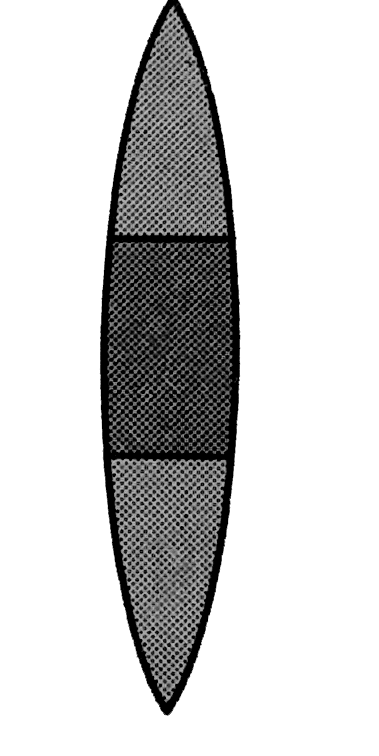A lens whose radii of curvature are different is forming the image of an object placed on its axis. If the lens is reversed, will the position of the image change ?
Video Solution
Text Solution
No, image will be formed at the same position.
This follows from lens maker's formula :
1f=(μ−1)(1R1−1R2)
When we interchange R1 and R2, the value of f does not change except for the sign. Hence the image will be formed at the same position.
|
Topper's Solved these Questions
- OPTICSBook:PRADEEPChapter:OPTICSExercise:Very short answer question
Explore 5 Videos
- OPTICSBook:PRADEEPChapter:OPTICSExercise:very short answer questions
Explore 1 Video
- MAGNETIC EFFECT OF CURRENT AND MAGNETISMBook:PRADEEPChapter:MAGNETIC EFFECT OF CURRENT AND MAGNETISMExercise:Competition Focus (Multiple Choice Questions)
Explore 2 Videos
Similar Questions
Knowledge Check
A double convex lens whose radii of curvature are R1 and R2 forms the image of a point object, placed on its axis. If the lens is revered, face to face, then the ratio of the distances of the images in the first and second case will be
AR1R2BR2R1C1:1D2:1A convex lens forms a virtual image of an object placed ………… .
Aat infinityBbetween '2F1and'F1'Cat F1Dbetween 'F1' and optical centre 'O'A convex lens forms a virtual image of an object placed ………… .
Aat infinityBat a distance 2F from the lensCat a distance F from the lensDbetween the principal focus and the optical centre of the lens
An image of an object is formed by using a convex lens. If the orientation of the lens is reversed, will the position of the image change ?
View SolutionAn unsymmeterical double convex thin lens forms the image of a point object on its axis. Will the position of the image change if the lens is reversed ?
View SolutionA convex lens forms a virtual image of an object placed…….. .
View SolutionA convex lens forms a virtual image of an object placed ………… .
View SolutionA convex lens is made up of three different materials as shown in the figure. For a point object placed on its axis, the number of images formed are

View Solution

